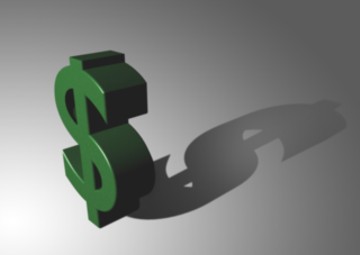Factoring May Help Your Business Cashflow

Is Factoring A Viable Alternative Financing For Your Business?
When considering factoring (selling your receivables), you must maintain a balance between your cash balance and money that is available to grow your business. If the rate of return that you will receive by freeing up capital and generating new business is greater than the costs of selling some of your receivables, it would be prudent to proceed with the process.
Apply for factoring by clicking here.
This kind of financing is a tradeoff between whether or not you are willing to wait and receive the full value of your receivables or sell them at a discount and have access to more cash. Cash flow varies in nearly all businesses. The more the variation, the more you will need some mechanism to infuse cash into your business in order to maintain a cash balance. This is one financial tool to help you do this.
Most of these transactions are “nonrecourse” which means that once you sell your receivables you are not held liable if the debtors default on payment of the invoices. Since the risk of default is on the factor in a nonrecourse deal, only your customers’ invoices with the highest credit ratings will be considered.
|
|
You will receive an advance of about 70% of the face value of your invoices in a typical transaction. You could receive more for customers with excellent credit histories. You could receive 90 –95% of the total value of your receivables once the final payments are collected from the debtors. You may not receive this additional 20 – 25%, which is the reserve, if the debt is uncollectible.
You must discount your invoices 5 – 10% in this type of transaction, which can be expensive when compared with traditional debt financing.
Some businesses can benefit from selling their receivables more than others.
Businesses that sell products with a high price markup, like garment vendors and furniture stores, are better able to afford the costs of selling their invoices. For example, furniture stores may mark up retail prices 200% or more. Therefore these companies can afford to discount their invoices and still make a handsome profit. I am sure you have seen those furniture store television advertisements where the salesperson tells you to buy that living room suit now and not make a payment for one year! How can they afford to do that? They make the sale to you, sell your invoice at a discount and repeat the process over and over.
Thus, creating a steady cash flow for the store and the factor. Other businesses with less of a profit margin should use this kind of funding judicially. When done with prudence, selling some of your receivables can provide your business with the needed cash flow for operations, bridge financing or inventory.
Get the free report "Six Common Mistakes Made By People When Applying For A Business Loan" when you subscribe to the free BM$ Success Newsletter below:
Return to Business Finance
Return to the Business-Money-Source.com homepage.
